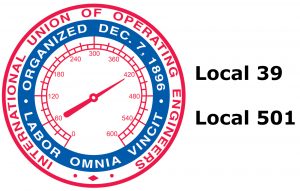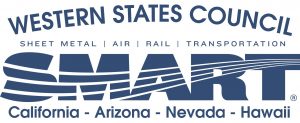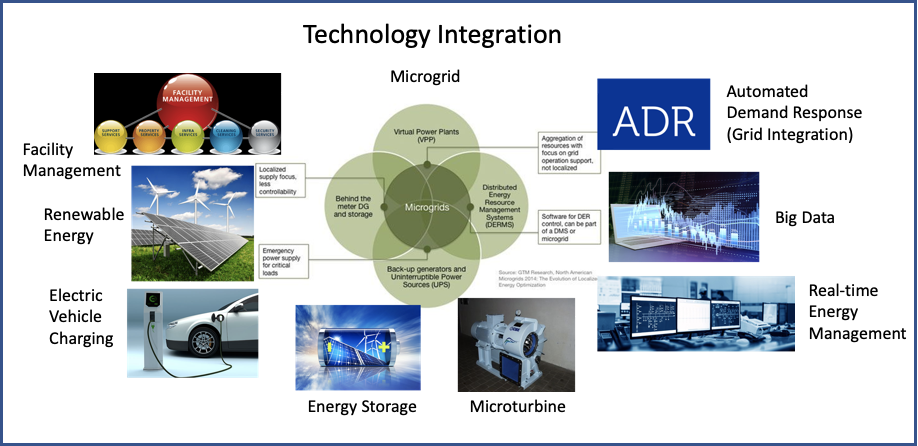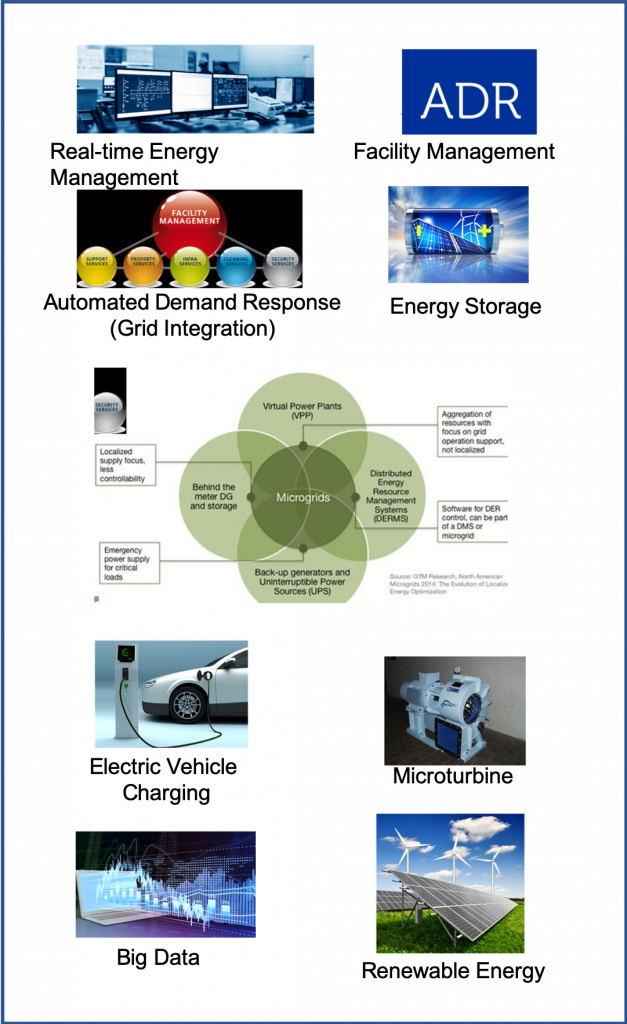Our Story
sponsored by New Energy Nexus to increase participation by underserved
populations in new jobs driven by California’s decarbonization mandates.

ABOUT THE INITIATIVE
The Energy Skills Collaborative (TESC) increases participation in the advanced energy economy in communities where health and financial well-being are most impacted by environmental distress. Specific opportunities include:
- Prepare residents for family-wage careers
- Upgrade workforce competencies to improve environmental quality through building and industrial process automation.
Supporting California’s statewide decarbonization policies, TESC focuses advanced energy workforce development on environmentally distressed communities representing 9.5M citizens. TESC strategically aligns industry, Labor, education, economic development, and community-based organizations, effectively braiding state and regional resources to directly benefit communities.
This Collaborative has demonstrated success in workforce solutions for renewable energy, advanced lighting and controls, electric vehicle charging, energy storage, and microgrid integration. Further advances are supported by TESC research into automation workforce competencies that are informed by strategic partnerships with automation industry leaders.

ABOUT NEW ENERGY NEXUS
New Energy Nexus strives towards an abundant world with a 100% clean energy economy for 100% of the population in the shortest time possible. To make this lasting change our work must uplift communities around the globe who have been and continue to be left behind by the failed paradigm of a fossil-fuel economy. To do this we fund, connect and grow diverse new energy entrepreneurs and innovators worldwide. We know that focusing on justice and sustainability, while bringing clean energy access for all, will yield greater social and economic dividends. The future of clean energy is 100% for the 100%.
We support diverse entrepreneurs to drive innovation and build equity into the global clean energy economy.
















OUR ADVISORY COUNCIL
Moderator: Gregg D. Ander – Senior Fellow, Navigant Research and Principal, Gregg D. Ander LLC
Eric Ackermann – Gen Mgr LA/OC, Siemens
Thomas Ahrens – Regional Manager, Schneider Electric
Elizabeth Arteaga – Dean, Santiago Canyon College
Vincent Beller – Oper Tech Training Mgr, B.Braun Medical
Brent Boisen – Head Controls/Automation, JTI Electric
Tom Bowen – Senior VP, ABM
Dan Cohee – Vice President, PDE Total Energy Solutions
Anthony Cordova – Dir Career Education, Bakersfield College
Peter Crabtree – Director BEST Center, Laney College
Kecia Davison – VP of Energy, ABM
Todd Fredere – Bus Dev Manager, Cisco
Russel Garcia – Dir Higher Ed, Johnson Controls
Steve Hoiberg – Director, Siemens
Charles Knuffke – Vice President, Wattstopper/Legrand
Bernie Kotlier – Director, LMCC/NECA
G.P. Li – Director CALIT2, UC Irvine
Brian Lovell – President, Association of Controls Professionals
Rob Murchison – Principal, Co-Founder, Intelligent Buildings, LLC
Dayton Palen – Sr Dev Mgr Higher Ed, Siemens
Michelle Pessler – Sr Sales Executive, ABM
Ericka Schoen – Dir Total Solutions, Acuity
Tony Sciarra – Director, TESLA
Charlie Spenser – Dir of Engineering, Morrow-Meadows
Scott Tapia – Sales Manager, ABM
Chelsea Till, Lutron
Sudeep Vyapar – Executive VP, Association of Controls Professionals
The Opportunity
The rate of investment in clean energy and pollution reduction is driving unprecedented job growth. However, California’s workforce policies have not kept pace with the state’s energy commitments, creating major capacity gaps that threaten California’s environmental goals and leave family-wage jobs unfilled. As a result, major opportunities are available for citizens in environmentally impacted communities to begin careers in the advanced energy workforce.
With more than statewide 255,000 advanced energy job openings each year, employment opportunities far outpace the supply of new workers in California. Ample room exists in this workforce for citizens of environmentally distressed communities. Talent pipelines into this workforce can be made accessible by these citizens through TESC’s strategic partnerships.
Additionally, TESC industry partners confirm a critical need for Automation Specialists. One manufacturer cites a persistent need of 300 Automation Specialists in California alone, a critical gap in deploying the automation systems critical to decarbonization. While automation is taught in apprenticeship programs and community colleges, significant new capacity is an urgent need in bringing relief to environmentally distressed communities.
TESC offers a new paradigm through which labor unions and community colleges jointly bring more workers from environmentally distressed communities into talent pipelines that map directly to priority job openings identified by a coalition of employers. TESC partnerships with economic development and community-based organizations are major factors in providing access to these talent pipelines.
Many workforce development actors manage impactful initiatives which could become more effective through strategically aligned partnerships with industry, Labor, education, and economic development entities. TESC provides the strategic platform through which these initiatives can amplify opportunities for advanced energy economy careers for citizens in environmentally distressed communities. This platform also creates a unique ability to scale within individual communities and across the state.
Technology Integration Drives Workforce Demand


Meeting California’s decarbonization goals requires deployment of “Integrated Distributed Resources” (IDERs) to minimize carbon emissions from the state’s 10 billion square feet of commercial buildings. This integration applies multiple renewable and energy efficiency strategies under the control of a system automation platform, typically configured as a “microgrid”. Simpler forms of IDER integration are being adopted in residential buildings.
Each IDER deployment requires workers with upgraded skills that the state’s primary education and training providers must deliver.
The TESC Solution
TESC relationships with California’s major Economic Development entities sets the foundation for action in environmentally distressed communities. Through the unique fabric of industry, Labor, and education partnerships, TESC strategically aligns resources that optimize access to talent pipelines by citizens in these communities. Local partnerships with community-based organizations help bring these talent pipelines to life.
Research by TESC also provides the evidence needed to prioritize employment opportunities and skills required.
Phase 1 of the TESC solution is complete, facilitating key partnerships, regional engagement, and foundational research.
Phase 2 has now begun, launching the strategies, programs, and curriculum development within a training framework geared to the needs of specific communities and participating employers.
Phase 3 provides community outreach, delivers training, and facilitates employment opportunities.